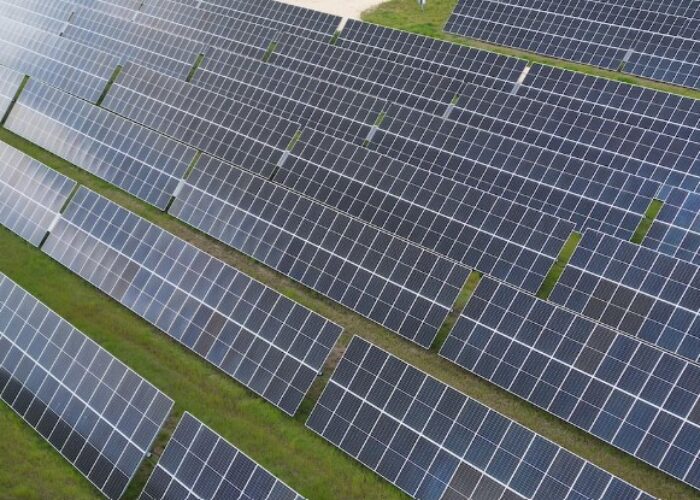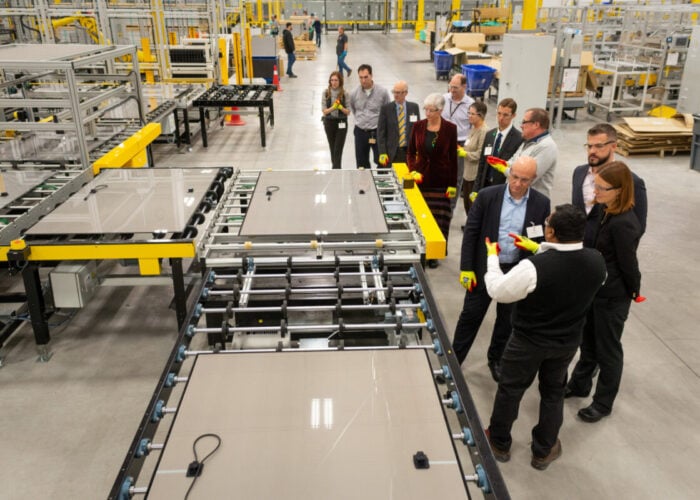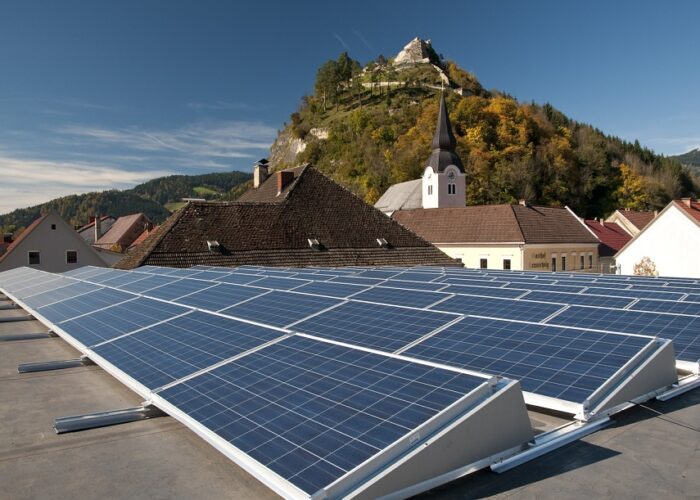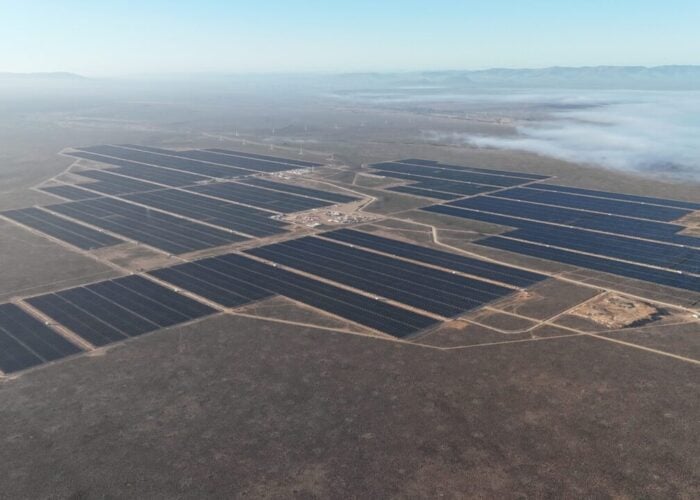
The California Solar & Storage Association (CALSSA) has called on the California Public Utilities Commission (CPUC) to fine local utilities Pacific Gas & Electric (PG&E) and Southern California Edison (SCE) US$10 million for failing to approve residential solar and storage installation applications within the designated timeframe.
Under Californian law, homeowners looking to add solar and storage products to their homes need approval from utilities, and CALSSA alleges that PG&E and SCE’s service to this end is “far below established standards”, by not reaching a decision on project approval quickly enough.
Try Premium for just $1
- Full premium access for the first month at only $1
- Converts to an annual rate after 30 days unless cancelled
- Cancel anytime during the trial period
Premium Benefits
- Expert industry analysis and interviews
- Digital access to PV Tech Power journal
- Exclusive event discounts
Or get the full Premium subscription right away
Or continue reading this article for free
These “standards” refer to a 2019 recommendation, reached by a working group organised by CPUC that: “95-100% of projects meet all timelines within the framework for tracking and reporting within two years after the start of tracking”. While PG&E was “not in consensus with setting an overall goal”, SCE agreed with the working group that this benchmark was “useful for process improvements and corrective actions”.
Ultimately, CPUC ruled that within two years, the utilities would have to reach approval decisions on “no less than 95%” of residential energy projects within their own stated timeframes.
However, CALSSA said that both PG&E and CSE have consistently failed to meet these timelines. The graphs below show the percentage of each stage of an approval process that was completed in accordance with the utilities’ timelines, beginning with PG&E.
The graph demonstrates that while the design upgrade and initial review phases of the approval process have been completed relatively quickly within the PG&E network – with approvals granted or denied in a timely fashion 96% and 82% of the time, respectively, in the most recent quarter – other parts of the approval process have been completed more slowly.
Most strikingly, none of the system impact studies have been completed promptly thus far in 2025, and construct upgrade approvals have been completed increasingly slowly in each of the last three quarters.
The graph above demonstrates SCE’s performance against its own timeframes, and shows a much more uneven trend for all parts of the approval process. Across many of the phases, however, there was a significant slowdown in approval completion in both the third quarter of 2024 and the first quarter of 2025, and while the completion of all of these phases accelerated in the second quarter of this year, only the supplementary review and initial review phases were completed in a timely fashion more than 80% of the time in the most recent quarter.
Fines and process changes
CALSSA argued that these delays do not necessarily stem from the approval process simply taking more time than initially expected, and could be a conscious effort on the part of the utilities to minimise the deployment of residential solar and storage systems within their grids.
“There are clear rules on how long the utilities can take for their review, but there has been zero enforcement of those rules,” said Kevin Luo, policy and market development manager for CALSSA. “PG&E and SCE get away with suppressing what they consider to be their competition.”
The accusation comes as California’s residential solar sector grapples with the impacts of the NEM (net energy metering) 3.0 scheme, which was implemented in 2023 and slashed the rate for which residential customers could sell their excess solar energy back to the grid by 75%. This was designed to incentivise the co-location of battery energy storage systems (BESS) with residential solar projects, minimising the need for residential customers to sell power to the grid, but the move has caused residential solar installations to fall by around 80%.
Neither utility has responded to the CALSSA complaint, and PV Tech has reached out to both PG&E and CSE for comments on their process for approving residential energy systems and how they would respond to the complaint.
In addition to calling for CPUC to fine PG&E and CSE each US$5 million for their activities, CALSSA has asked for the commission to “establish a penalty framework”, which is to be assessed each quarter, so that there is a formal process for which utilities can be fined for failing to reach the end of the approval process in a timely manner.
CALSSA first called for a penalty system in 2019, when the working group was making its recommendations, but CPUC rejected the proposal, calling the imposition of financial penalties “premature, at this time”.
The association’s proposed fine structure would see utilities docked more each quarter for lower rates of approval timeline compliance; CALSSA is calling for utilities that reach approval decisions for 85-95% of projects to be fined just US$125,000, while utilities that reach approval decisions for less than 15% of projects to be fined US$1.125 million.
CALSSA also proposed a schedule for CPUC to hear its complaint, beginning with a response from the utilities on 29 September, and a final decision to be made by the commission by 16 March 2026. These are much shorter timelines than the standard CPUC complaint process, which can take as long as 18 months; first CPUC will have to decide on a timeline for its investigation, before responding to the parties involved.
PV Tech publisher Solar Media will host the 12th edition of the Solar & Storage Finance USA event on 21-22 October 2025 in New York. Panellists will discuss the fate of US solar and storage in a post-subsidy world, the evolving economics of standalone BESS and de-risking solar and storage supply chains. Book your tickets for the event on the official website.






